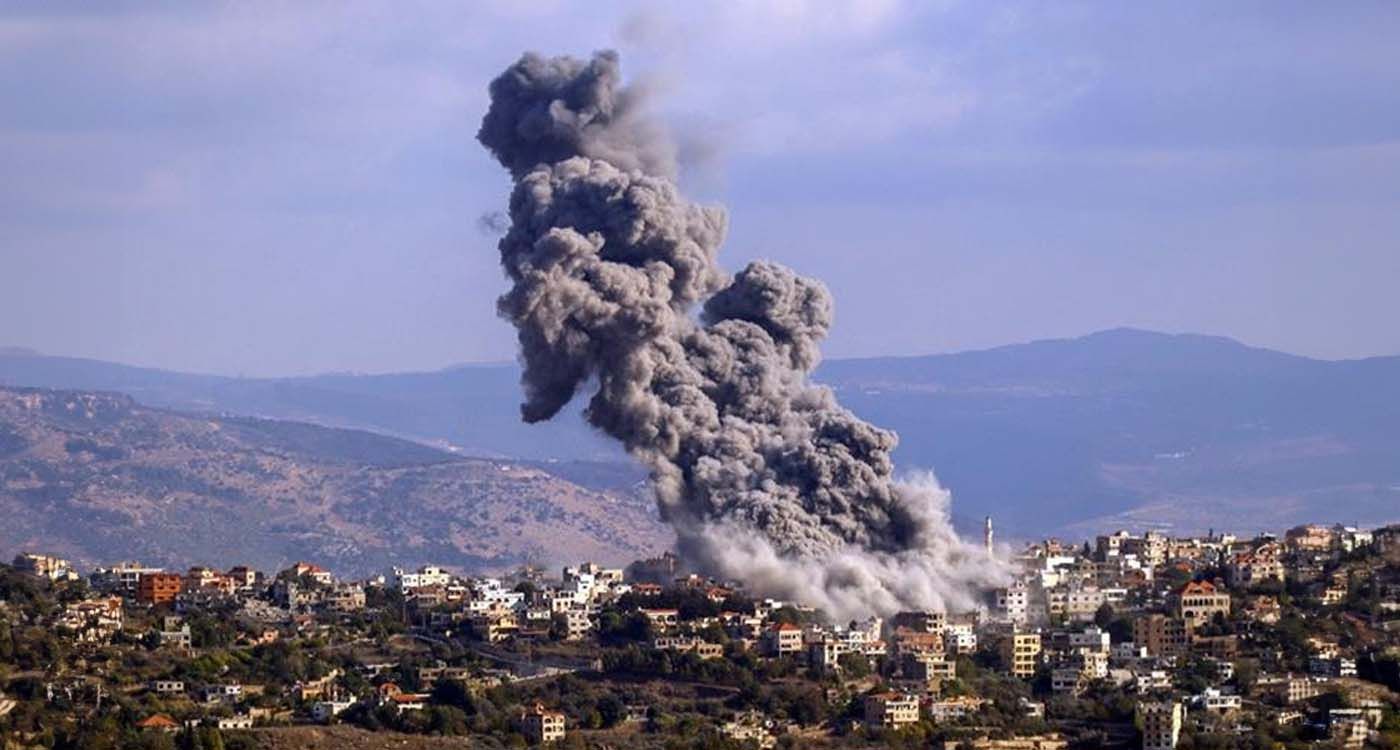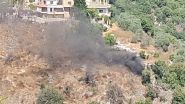
Reminiscent of the dark days of the 2006 war, Israel's “scorched earth” tactic appears to have resurfaced in the current conflict with Hezbollah that has been ongoing since October 7. While wiping out entire villages may not be Israel’s endgame, it remains a significant military strategy serving its ultimate goal.
Since September 26, Hezbollah, which the Israeli state views as a direct security threat, has been facing an expansion of Israel's war objectives. To achieve these aims, Tel Aviv has adopted a large-scale strategy in southern Lebanon: targeting not only military infrastructure but also anything that could support Hezbollah's war effort, aiming to make the area inaccessible to its fighters and local residents. Israel has launched a wide-ranging military campaign against the pro-Iranian group, combining airstrikes, artillery bombardments and ground incursions. This approach has evolved into a more extreme strategy — the scorched earth tactic. But what does this entail, and to what extent could it serve Israel’s goals and ensure the safe return of 68,000 northern Israeli residents?
The scorched earth tactic, previously thought to belong to history, has been reactivated by Israel. This strategy involves systematically destroying all infrastructure in the affected areas, including roads, bridges, residential buildings, power plants and communication centers, with the aim of severing Hezbollah's logistical resources and disrupting its networks. It also seeks to weaken local support by depriving civilians of basic living conditions.
Israel defends this approach by claiming that Hezbollah uses civilian infrastructure to hide weapons and fighters, turning villages and towns in southern Lebanon into operational bases.
“It is certain that the Israelis are demolishing areas beyond a 3 km depth to make the south uninhabitable and dangerous for Hezbollah's popular support base,” explains retired Lebanese Army General Khalil Helou. “If they have managed to advance 3 km into Lebanese territory, let’s not forget that they continue to bomb farther villages, and they are unlikely to stop there,” he notes.
As of now, according to General Helou, the Israelis have managed to penetrate (without maintaining control) into eight villages, including Maroun al-Ras, Yaroun, Odaisseh, Rab al-Thalathin and Blida. On this subject, Hassan Fadlallah, a Hezbollah parliamentary representative, denied on Thursday that Israel had succeeded in taking control of villages in southern Lebanon.
Currently, “Israeli forces are applying military pressure on the village of Qaouzah,” notes General Helou, a move initiated a few days after Israel launched an offensive on the Shebaa-Kfarchouba area from the occupied Syrian Golan, using the 210th division. This division has been stationed there since its creation in 1973. Its mission is to protect the Golan Heights, Mount Hermon, Mount Dov, and the border between Israel and Syria.
Military Objectives
From Israel's perspective, the goal is “to isolate Hezbollah and destroy its operational capabilities by preventing it from resupplying and launching missile attacks or infiltrating fighters across the border,” says Helou. Hence the initial demand for a Hezbollah withdrawal of 5 to 10 km from the border. “The reason is simple: the inability of Israeli anti-missile systems to intercept Hezbollah's direct-fire anti-tank missiles,” he explains. This request was valid until September 17, as suggested by the retired general. Since then, and after attacks with beepers and several assassinations, notably the slaying of Hezbollah's Secretary-General Hassan Nasrallah on September 27, “the air-ground offensive has become extremely intense,” he adds.
Social Impact
Beyond its purely military aspect, the scorched earth strategy aims to create a hostile environment for Hezbollah militants and provoke discontent among the Lebanese Shia population that forms the group’s support base. Vital infrastructure, including hospitals, schools and facilities for water and electricity supply, has been severely damaged, leaving entire cities without access to basic services. International organizations, such as the United Nations (UN) and the Red Cross, have expressed serious concerns about the situation of civilians trapped in combat zones.
Additionally, the massive bombings and airstrikes have devastated residential areas and led to significant displacement of populations toward Beirut and other safer regions of Lebanon. “It is not surprising to see feelings of anxiety and paranoia among the displaced populations, both those affiliated with Hezbollah and those who are not,” notes General Helou.
International Reactions
The international community has reacted with great concern to Israel’s scorched earth tactics. While many Western countries, including the United States, continue to support Israel’s right to defend itself against Hezbollah’s attacks, the methods employed have drawn criticism, particularly in Europe and the Arab world.
Calls for restraint and immediate ceasefire have been made, but diplomatic efforts have so far failed to de-escalate the situation. Human rights organizations have denounced violations of international laws by Israel, which Hezbollah has leveraged to intensify its resistance rhetoric, accusing Israel of deliberately targeting civilians and thus reinforcing its support within its community — which remains steadfast... for now.



Comments